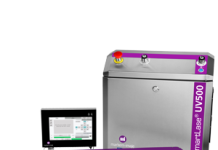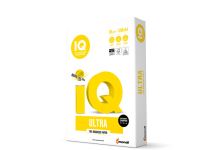Inkjet-based book printing is growing strongly, even though it is more expensive than the litho alternative, because publishers increasingly look to the total cost of manufacturing.
Many modern inkjet presses do so much more than just print. They also fold, collate, glue blocks for covers and trim books for pagination with minimal waste. In fact, flexible inkjet systems make it possible for publishers to cut the risks, reduce stock holding, minimise the cost to warehouse and ultimately pulp unsold stock. And while mono devices may have blazed this trail, colour inkjet is now following suit.
The germination of this shift is the conversion of a majority of book sales to the internet. This online dominance affected the way bookstores order and keep stock. Successful stores respond quickly to market changes, hold less initial stock, and have promotions more often for shorter times.
Digital production and proofing cut time to market but they also offer new opportunities to optimise processes. For example, digital production means bookstores and printers can collaborate more efficiently around the ordering process. Smaller volumes can be automatically re-ordered based on established minimum thresholds for specific titles. Minimum thresholds can be lower than previously maintained because there is less time between orders and deliveries. Even when litho is used to produce the bulk of a books’ run, digital inkjet can still be used for rapid pre-production proofing of covers, jackets and photographic books as well as fulfilling long tail orders.
The speed of digital production means publishers can rapidly take advantage of opportunistic market developments. For example, publishers could have celebrated the lives of the many music legends who died in 2016. Or they could rapidly publish coffee table books of winners of sporting festivals and championships. Books can also be produced locally in small numbers where demand volume doesn’t justify litho printing. That saves money across the value chain and it’s good for the environment to boot.





















